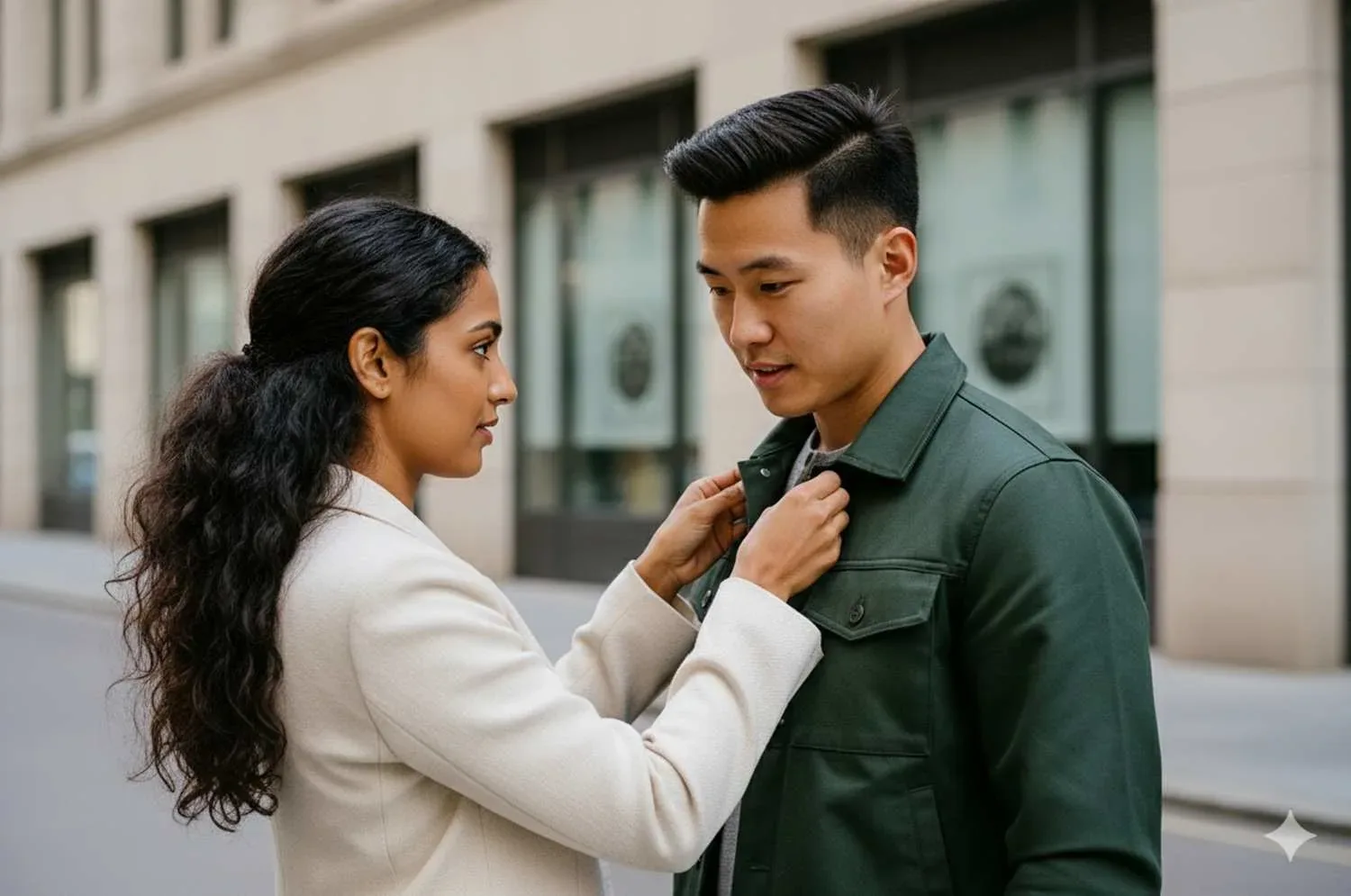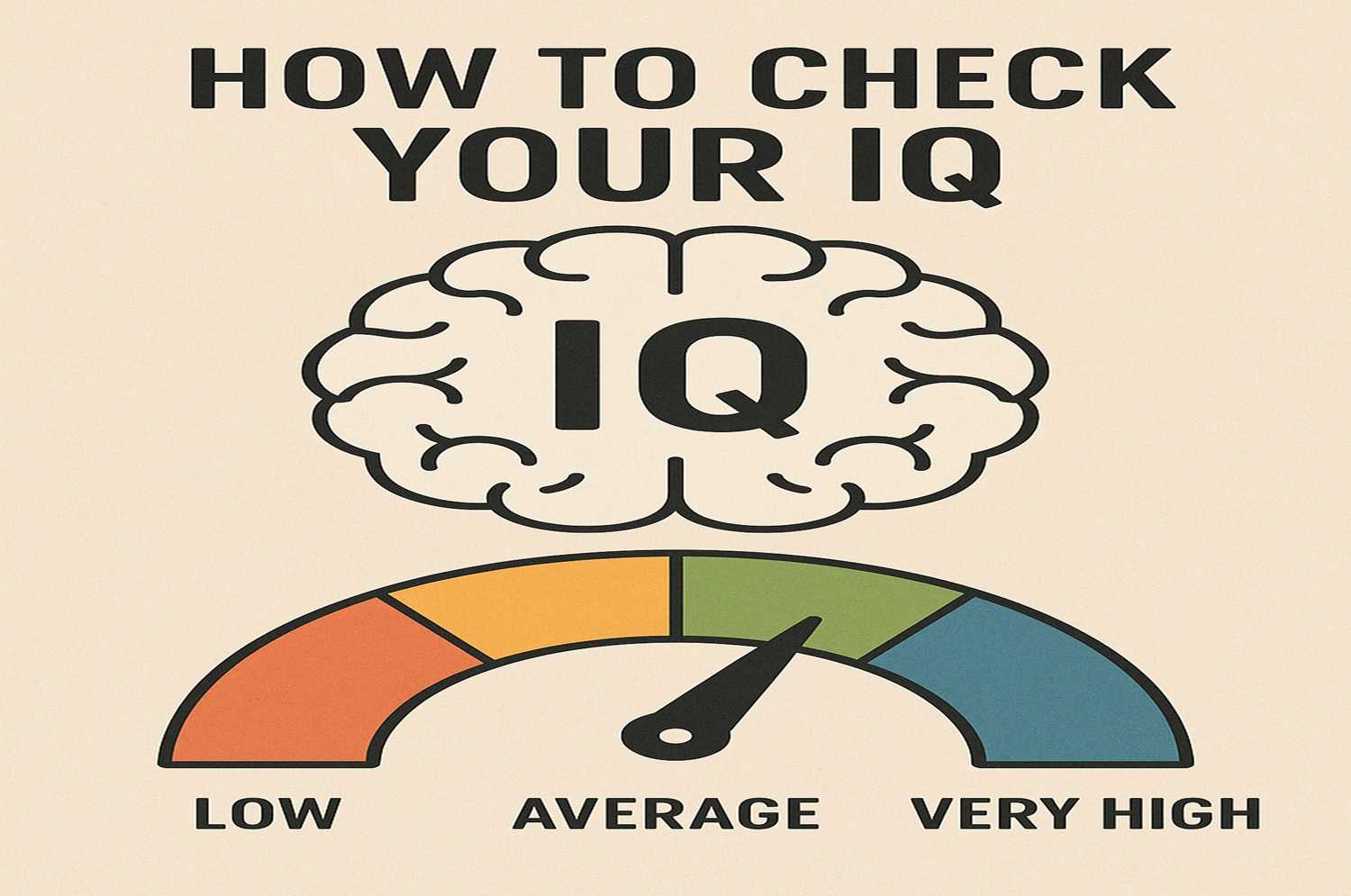Ever wondered why people form an opinion about you within seconds? Psychology reveals that your outfit speaks louder than words. Let’s uncover the 9 details people judge instantly—and how you can use them to your advantage.
Why First Impressions Matter in Psychology
The Science of Snap Judgments
Human brains are wired to make rapid evaluations. Within just a few seconds of meeting someone, people unconsciously assess trustworthiness, confidence, and competence. This phenomenon, often studied in the psychology of first impressions, is linked to evolutionary survival instincts—our ancestors had to decide quickly if a stranger was friend or foe. Modern research shows that these snap judgments, while sometimes biased, often guide how relationships begin and develop in personal, social, and professional settings.
Clothing as Nonverbal Communication
What you wear is more than fabric—it’s a message. Clothing communicates social status, personality traits, and even emotional state without a single word being spoken. In the context of the psychology of first impressions, attire acts as nonverbal communication that shapes how others perceive your professionalism, credibility, and confidence. For example, a well-fitted outfit in neutral tones may signal authority, while casual or colorful choices can suggest creativity and openness. The key takeaway is that your clothing silently influences how you are judged before you even speak.
9 Outfit Details People Instantly Judge You On
Your Shoes – Status and Cleanliness
Shoes are often the first detail people subconsciously notice. In the psychology of first impressions, clean and well-maintained footwear signals responsibility, status, and attention to detail, while dirty or worn shoes may suggest neglect.
Fit of Your Clothes – Confidence or Carelessness
Ill-fitting clothes can instantly undermine your confidence. Properly tailored outfits communicate self-awareness and competence, while baggy or overly tight fits may suggest carelessness or insecurity.
Color Choices – Personality and Mood
Colors carry psychological weight. Bright tones can convey positivity and openness, while darker shades often reflect authority and seriousness. The psychology of first impressions shows that color strongly shapes how approachable or dominant you appear.
Fabric Quality – Perceived Success Level
High-quality fabrics suggest stability, success, and refinement. Cheap or overly wrinkled materials can unintentionally send signals of disorganization or lack of ambition, even before you speak a word.
Accessories – Attention to Detail
Minimal yet thoughtful accessories communicate polish and intentionality. Overly flashy or mismatched ones, however, may distract and give the impression of trying too hard or lacking consistency.
Watch or Jewelry – Professionalism and Taste
A classic watch or subtle jewelry conveys sophistication, punctuality, and professionalism. In the psychology of first impressions, these items act as small but powerful social markers of taste and lifestyle.
Grooming & Hair – Hygiene Signals
Your outfit isn’t complete without grooming. Well-kept hair, neat nails, and overall cleanliness send a strong message of self-respect and reliability. Neglecting grooming can overshadow even the most stylish outfit.
Bag or Backpack – Organization & Lifestyle Clues
The type of bag you carry reflects lifestyle and priorities. A sleek briefcase may suggest professionalism, while a worn-out backpack could signal disorganization—or simply that you value function over form.
Overall Coordination – Effort vs. Neglect
People subconsciously judge whether your outfit looks intentional. Well-coordinated attire suggests effort, balance, and self-respect, while mismatched choices may hint at disinterest or poor planning.
How to Dress for Positive Impressions
Simple Styling Rules Backed by Psychology
The psychology of first impressions shows that people quickly associate your clothing choices with traits like competence, trustworthiness, and confidence. Simple styling rules—such as wearing well-fitted clothes, choosing coordinated colors, and keeping your look neat—signal reliability and self-awareness. Even minimalistic dressing, when done thoughtfully, creates a lasting impact without appearing forced.
Balancing Personality with Professionalism
While professionalism is vital, it should not suppress your individuality. Research in the psychology of first impressions highlights that a touch of personal flair—like a signature accessory or unique color—can make you memorable. The key is balance: show your authentic personality while maintaining a polished, context-appropriate appearance, especially in professional and social settings.
Dressing with Confidence Over Trends
Fashion trends come and go, but confidence never goes out of style. Studies reveal that wearing clothes that make you feel good boosts your self-esteem and influences how others perceive you. In the psychology of first impressions, confidence is often rated higher than fashion-forward looks. Rather than chasing trends, focus on outfits that enhance your comfort and convey self-assurance.
Read Also:
People with low emotional intelligence often use these 4 phrases, according to Harvard









